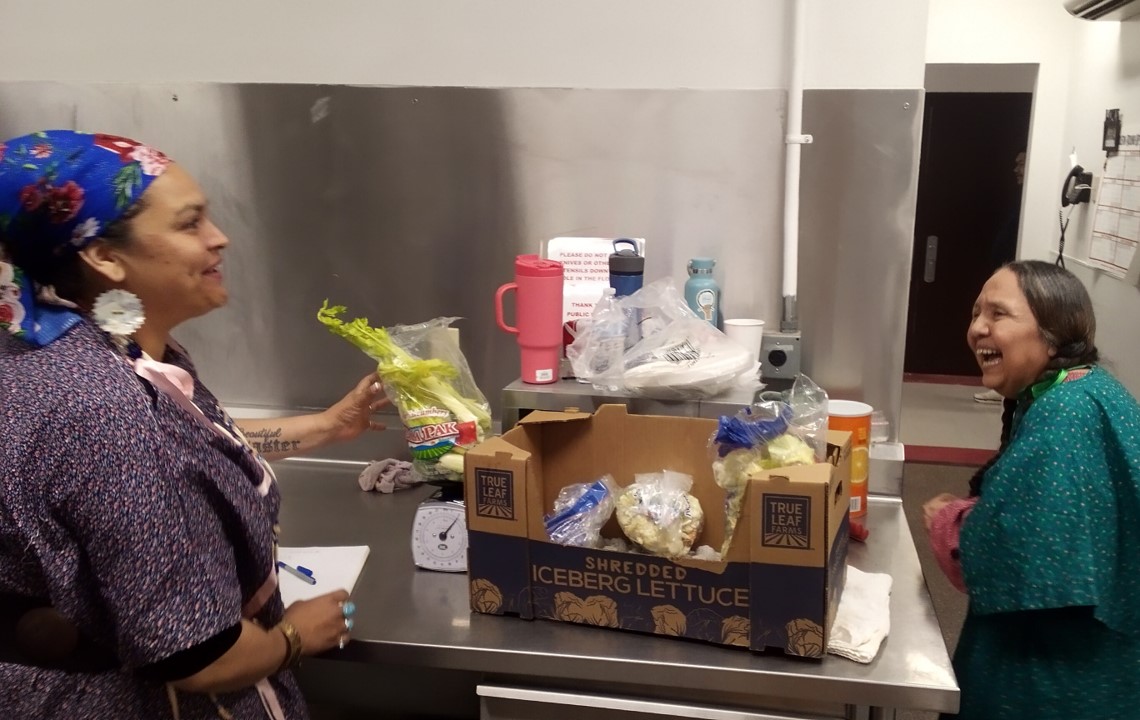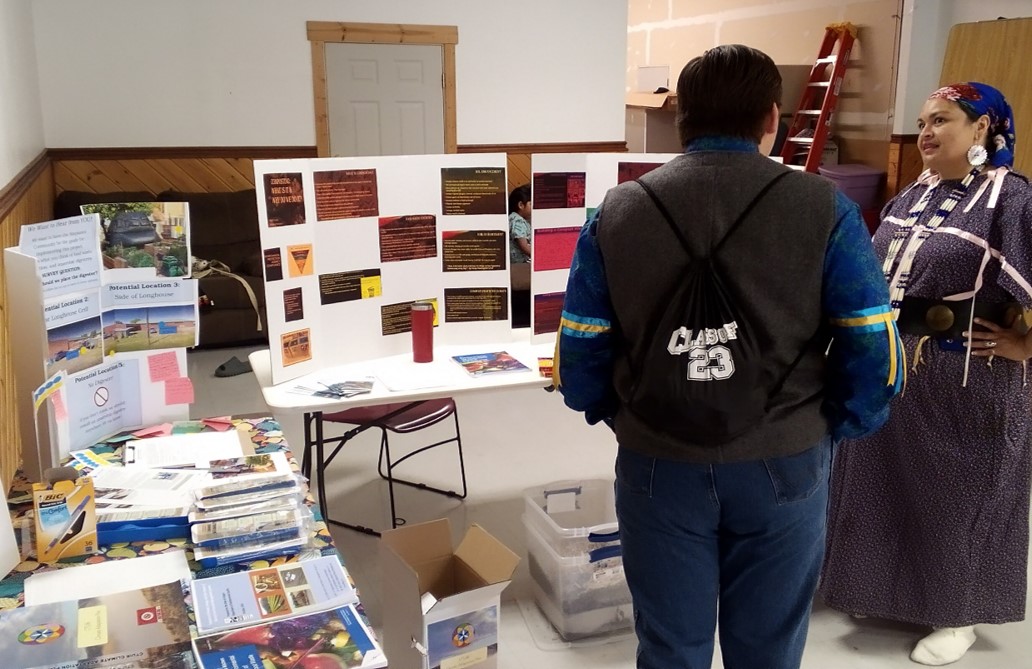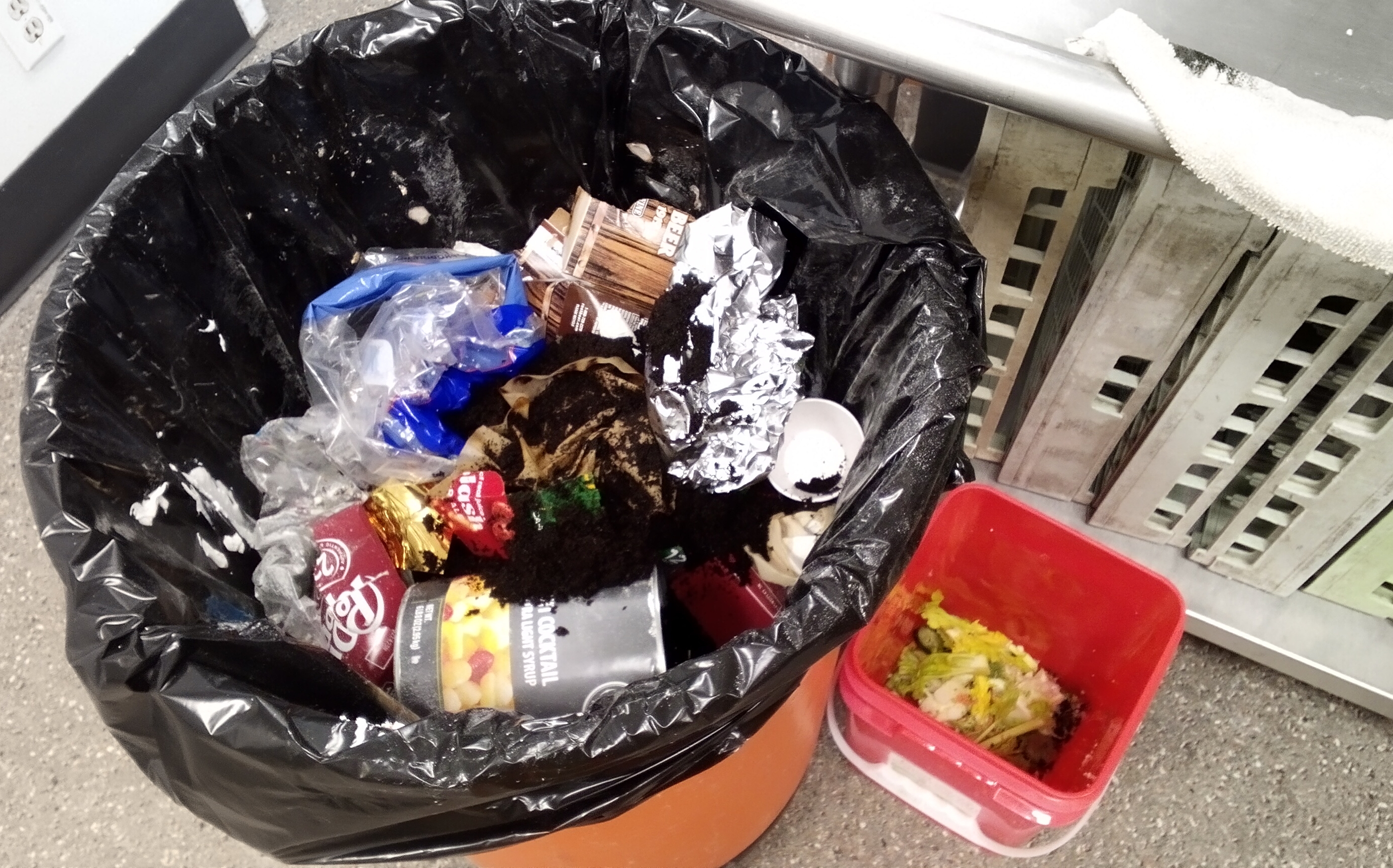Project Orientation Meetings - May 2024
First Foods Policy Program and BIO-Waste Technology LLC will be hosting a series of opportunities to learn more about this food waste project
We are holding two staff orientations for the project at the NGC for those who are participating in the project to learn more about the goals, deliverables, and timeline, as well as any roles Tribal departments and programs will play in the implementation of the project.
These orientations will introduce the project and provide background on:
- Project goals, deliverables, and timeline
- Project staff involved and responsibilities
- Funding focus, reporting requirements, and benchmarks
- Gaps in data and information project will address
- Connection to long term planning and coordination
- Opportunity for questions, concerns, and recommendations
This will also be an opportunity for us to hear from our collaborators about any challenges and opportunities they foresee, and any other connections this food waste project may have with other CTUIR initiatives occurring or in development.
HYBRID MEETING - On Thurs May 2nd (1-3 PM) and on Friday May 10th (10 AM- 12 PM), please click on this link for access to the virutal staff orientation:
Click here to join the meeting
Meeting ID: 247 285 057 462
Passcode: Cjd9Ly
We will be hosting community orientations and meeting with CTUIR Committees and Commissions starting in late May, please let us know if you want us to come talk to your group or organization!
If you want to learn more or get involved, please contact the First Foods Policy Program at FirstFoods@CTUIR.org or (541) 429-7247
Food Waste as a Resource for Energy and Agriculture
CTUIR homelands span diverse ecoregions, most notably the Columbia River Plateau and the Blue Mountains. First Foods are the culturally important native plants and animals that have sustained CTUIR Tribal people since time immemorial.
On the UIR, the Mission population density center is the most populated, with housing, school and religious services, and a corner store to serve the community. The Tribal name for this gathering place is “Nixyaawii” which applies to the lands and communities around the Mission central core. Additional smaller densities of residents in other locations across the reservation. The Nixyaawii (Mission) community core has a population of ~400 people, with facilities that include the Nicht-Yow-Way Seniors Center, the Tlawxmamiyáy Community Garden, the Nixyaawii Longhouse, and the Dept of Child and Family Services (DCFS) Family Engagement Building (FEB).
CTUIR Tribes are a place-based culture, and celebrations of seasonal returns of First Foods include food preparation, feasting, and cleaning up, typically hosted by the Nixyaawii Longhouse for the benefit of the Community. Waste is generated as part of these joyful events, including food waste. There has been little effort to estimate food waste for the CTUIR Tribal Government. Community members have begun working with Tribal programs and facilities to start reducing food waste. BIO-Waste Technologies LLC, operated by enrolled CTUIR Tribal Member DeArcie Abraham, has been working with CTUIR DCFS Family Engagement Program to collect food waste from program events for use in row composting. This burgeoning effort provides a foundation for this project.
This project’s overarching goal is to assess and divert food waste at a reasonable scale, and toprovide a demonstration for future expansion of these efforts. The goal of this project is to:
1.Develop a Nixyaawii Food Waste Assessment (FWA)Report that estimates current foodwaste quantities;
2.Build community capacity to implement food waste reduction strategies at CTUIR facilitiesand family residences; and
3.Implement a Biogas Digester demonstration project, to collect and utilize food waste tocreate direct use cooking fuel.
Unknown barriers and lack of dedicated capacity has thus far prevented a wider scale initiatives from forming. This project seeks to identify these unknown barriers by engaging the CTUIR Community around a Food Waste Assessment (FWA), building food waste reduction capacity through education and training, and implementing a demonstration project on utilization of food waste for energy production.
Anticipated concerns include: 1) attracting unwanted animal/human activity; 2) odor and other irritants from the food waste collection; 3) resistance to project implementation at Host Site or resident locations; and 5) entities responsible for outcomes and any mishaps.

BIO-Waste Technology LLC shares laughter with a Root Feast participant while collecting food waste data for the event (2024).

BIO-Waste Technology LLC talks with Root Feast participants about the project and gains guidance and feedback to improve project implementation (2024).

An example of food waste diversion strategies and how others can help with this project by being aware of what kinds of food waste can be used in different ways.

Food waste from Men's First Foods are generated as part of Feast, and will be included in the food waste assessment as part of this project.

